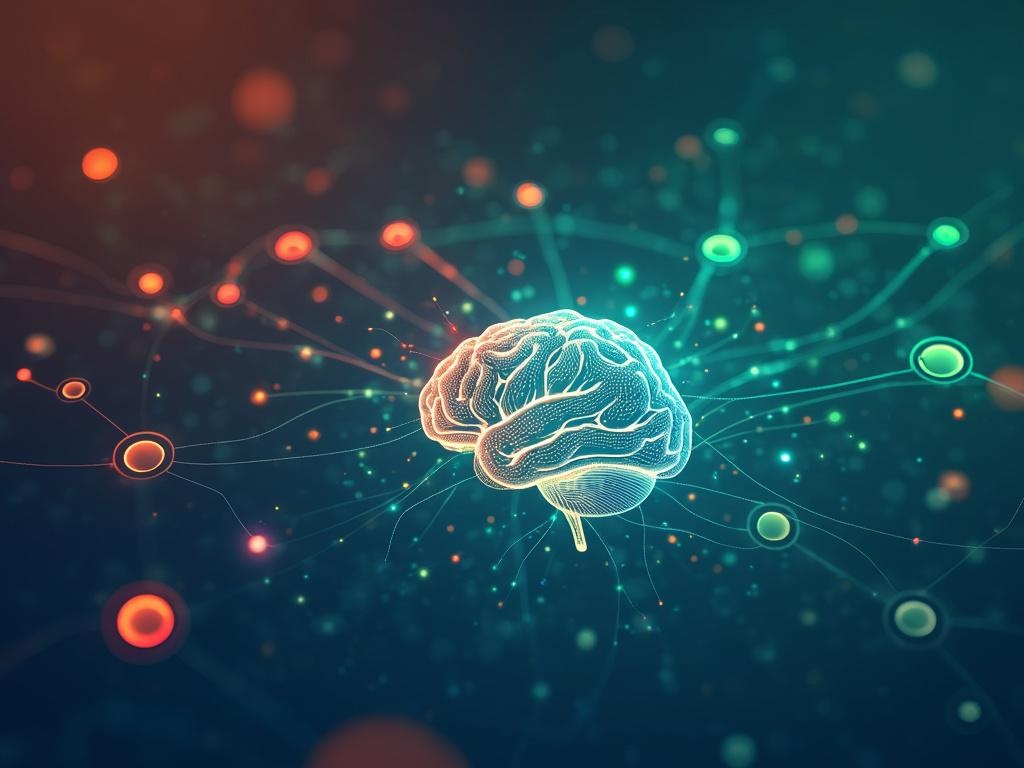Marketing
Marketing
AI-Driven User Intent Mapping: Crafting SEO Content That Converts

## AI-Driven User Intent Mapping: Crafting SEO Content That Converts
In the ever-evolving world of Search Engine Optimization (SEO), understanding user intent is no longer a bonus; it's a necessity. Gone are the days when keyword stuffing could propel your website to the top of search engine results pages (SERPs). Today, search engines like Google prioritize content that directly addresses what users are searching for. This is where AI-driven user intent mapping comes into play, transforming the way we approach SEO content creation and ultimately driving conversions.
This article will explore how AI is revolutionizing user intent analysis, enabling marketers to create content that not only ranks higher but also resonates deeply with their target audience, leading to tangible business results. This is especially true for tools like Postwhale, which leverage AI to align content with the buyer journey for optimized SEO performance.
### The Importance of Understanding User Intent in SEO
User intent, also known as search intent, refers to the reason behind a user's search query. What are they hoping to find? What problem are they trying to solve? Understanding this crucial aspect allows content creators to tailor their content to meet the specific needs of their audience.
Historically, SEO relied heavily on keyword research. While keywords remain important, they are now a starting point, not the entire strategy. Search engines have become sophisticated enough to understand the context and nuance behind search queries. Therefore, focusing solely on keywords without considering user intent can lead to content that ranks but fails to engage or convert.
Think of it this way: if someone searches for "best coffee maker," they might be looking to purchase a coffee maker, research different models, or find brewing tips. Creating content that only focuses on the phrase "best coffee maker" without addressing these varied intents is unlikely to satisfy the searcher.
### How AI is Transforming User Intent Analysis
Artificial intelligence is dramatically improving our ability to understand user intent. AI algorithms can analyze vast amounts of data, including search queries, website behavior, social media interactions, and customer feedback, to identify patterns and predict what users are truly looking for.
Here are some key ways AI is used in user intent analysis:
* **Natural Language Processing (NLP):** NLP enables AI to understand the nuances of human language, including sentiment, context, and implied meaning. This allows for more accurate interpretation of search queries and user-generated content.
* **Machine Learning (ML):** ML algorithms can identify trends and patterns in user behavior that would be impossible for humans to detect manually. By analyzing historical data, ML can predict future user needs and preferences.
* **Sentiment Analysis:** AI can analyze the sentiment expressed in online reviews, social media posts, and other user-generated content to understand how people feel about a particular product, service, or topic.
* **Predictive Analytics:** AI can use historical data to predict future search trends and user behavior, allowing content creators to proactively address emerging needs and content gaps.
Tools like Postwhale incorporate these AI capabilities to provide users with actionable insights into user intent, allowing them to create content that is highly relevant and engaging. This, in turn, leads to improved SEO rankings and conversion rates.
### Types of User Intent
Before diving deeper into AI-driven strategies, it's important to understand the different types of user intent. These can broadly be categorized into four main types:
* **Informational Intent:** Users are looking for information on a specific topic. Examples include "what is blockchain?" or "how to bake a cake."
* **Navigational Intent:** Users are trying to reach a specific website or page. Examples include "Facebook login" or "Postwhale pricing."
* **Transactional Intent:** Users are looking to make a purchase or complete a specific action. Examples include "buy running shoes" or "sign up for email marketing."
* **Commercial Investigation:** Here, users are researching before buying. They have an idea of what they want but seek additional details before deciding. Examples include "best bluetooth speakers 2024" or "iPhone 15 pro review."
Understanding which type of intent a user has is crucial for creating content that meets their needs. For example, a user with informational intent requires comprehensive and informative content, while a user with transactional intent needs clear and compelling calls to action.
### Crafting SEO Content That Converts Using AI
Now, let's explore how you can leverage AI to create SEO content that not only ranks well but also drives conversions.
1. **Identify Target Keywords and Related Intent:** Start with traditional keyword research, but then use AI tools to identify the underlying user intent behind those keywords. Are people searching for information, seeking a specific website, or looking to make a purchase?
2. **Analyze Competitor Content:** Use AI to analyze the content of your top-ranking competitors. What topics are they covering? What keywords are they using? How are they addressing user intent? This analysis can provide valuable insights into what works well in your niche.
3. **Create Content That Aligns With the Buyer Journey:** Map your content to the different stages of the buyer journey. Users in the awareness stage need informational content, while those in the decision stage need product comparisons and reviews.
4. **Optimize Content for User Experience:** Ensure that your content is easy to read, navigate, and understand. Use clear headings, subheadings, and bullet points to break up text and make it more digestible.
5. **Incorporate Strong Calls to Action:** Make it clear what you want users to do after reading your content. Whether it's signing up for a newsletter, requesting a demo, or making a purchase, include strong calls to action that encourage them to take the next step.
6. **Leverage AI-Powered Content Optimization Tools:** Tools like Postwhale provide AI-powered content optimization features that can help you identify opportunities to improve your content's relevance and engagement. These tools can analyze your content and provide recommendations for improving its readability, keyword density, and overall SEO performance.
### Postwhale: Aligning Content with Buyer Journeys Using AI
Postwhale is a prime example of a tool that leverages AI to align content with buyer journeys, boosting SEO rankings and improving conversion rates. It allows you to:
* **Identify Content Gaps:** AI algorithms analyze your existing content and identify areas where you can create new content to better address user needs.
* **Optimize Existing Content:** AI-powered recommendations help you optimize your existing content for improved readability, keyword targeting, and overall SEO performance.
* **Track Content Performance:** Monitor the performance of your content over time and identify areas for improvement.
By understanding the user intent at each stage of the buyer journey and providing the right content at the right time, you can significantly increase your chances of converting prospects into customers.
### Example: Using AI to Optimize a Blog Post for "Best Running Shoes"
Let's say you want to optimize a blog post for the keyword "best running shoes." Using AI-powered tools, you might discover that users searching for this term have a variety of intents:
* Some are looking for reviews of specific running shoe models.
* Others are looking for recommendations based on their foot type or running style.
* Still others are looking for information on how to choose the right running shoes.
Based on these insights, you could create a blog post that addresses all of these intents. You could include reviews of popular running shoes, provide recommendations based on foot type and running style, and offer tips on how to choose the right running shoes.
By addressing the diverse intents of users searching for "best running shoes," you can create a blog post that is more comprehensive, engaging, and likely to rank higher in search results.
### The Future of AI and User Intent in SEO
The future of SEO is inextricably linked to artificial intelligence. As AI technology continues to evolve, we can expect even more sophisticated tools and techniques for understanding and addressing user intent.
In the future, we may see AI-powered tools that can:
* **Automatically generate content:** AI could be used to automatically generate content that is tailored to specific user needs and preferences.
* **Personalize content in real-time:** AI could be used to personalize content in real-time based on a user's browsing history, demographics, and other factors.
* **Predict user behavior with greater accuracy:** AI could be used to predict user behavior with greater accuracy, allowing marketers to create even more effective content strategies.
### Conclusion
AI-driven user intent mapping is transforming SEO content creation. By understanding the reasons behind user queries and leveraging AI to analyze vast amounts of data, marketers can create content that is more relevant, engaging, and ultimately, more effective at driving conversions. Tools like Postwhale are at the forefront of this revolution, providing users with the insights and capabilities they need to succeed in the ever-evolving world of SEO. Embracing AI is no longer optional; it's essential for crafting SEO content that converts and achieving lasting success in the digital landscape.








